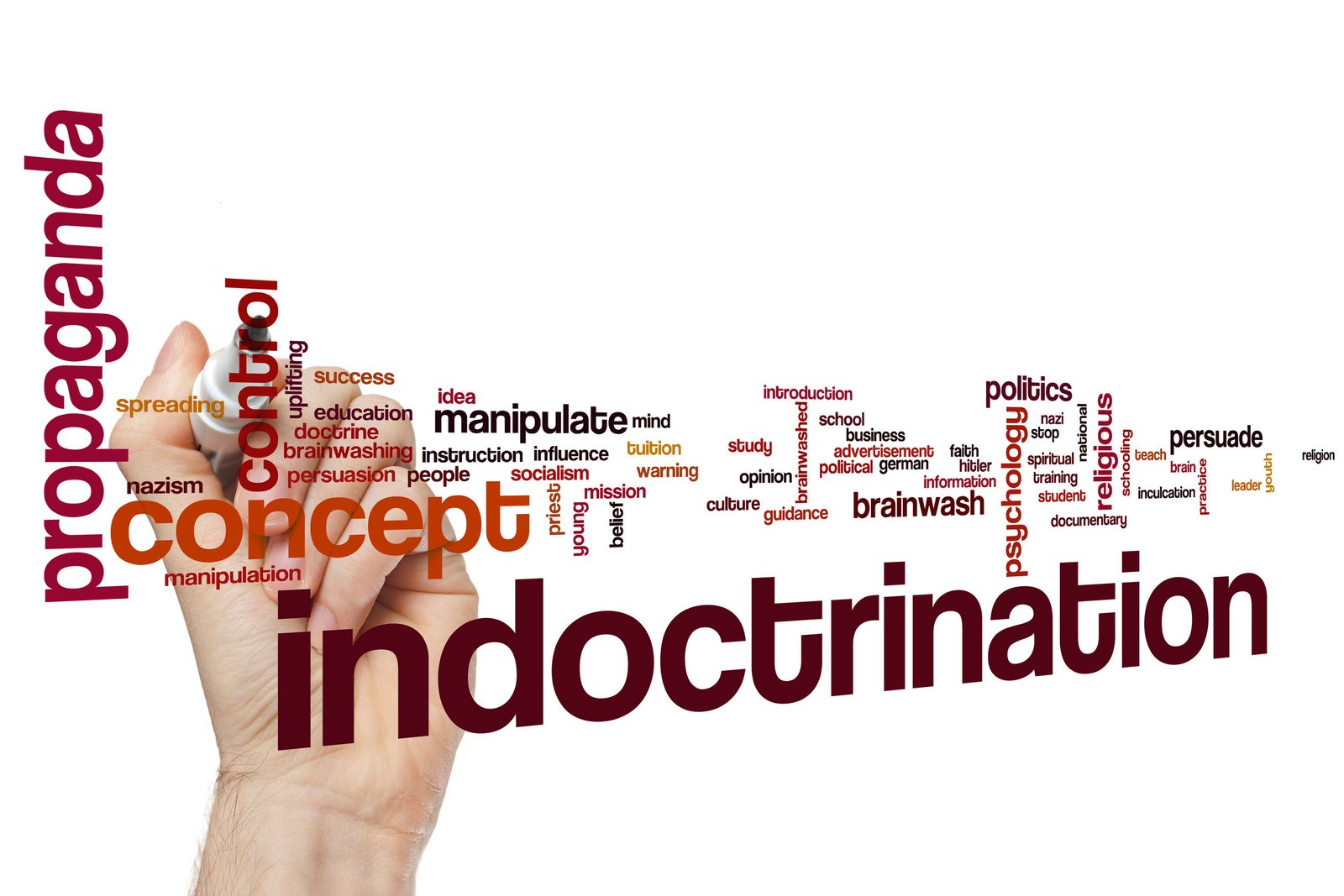What is Indoctrination in Education?
In today’s educational landscape, the term ‘indoctrination’ often pops up in discussions. But what is indoctrination in education, really? Indoctrination refers to the process where certain beliefs and ideologies are imposed on students with the use of generative themes. Generative themes are words and phrases that generate an emotional response. These words are then repackaged abstractly often as pictures for the children to see and respond to emotionally. Then discussion is begun to internalize the issue making it a part of their belief system. Paulo Freire calls it consciencization.
The Subtle Ways Indoctrination Manifests
Indoctrination in education isn’t always obvious. It can sneak into the classroom through curriculums, selective teaching of historical events, and by allowing Critical Theory to dominate over Critical Thinking. See Critical Thinking is not Critical Theory.
For instance, a history class that highly criticizes the negative aspects of a nation’s past (i.e. Critical Theory), without applying the same rigor to the positive achievements (i.e. Critical Thinking), can shape a student’s perception in a skewed manner. This subtle yet powerful influence can indoctrinate students into a particular way of thinking, often without them realizing it.
Why should we care about indoctrination? It stifles intellectual diversity and critical thinking, which are essential for a well-rounded education. Moreover, it can create a generation that is less tolerant of differing viewpoints and less capable of engaging in meaningful dialogue.
Another example would be a math book using poverty statistics. This is an example of an embedded generative theme where a math lesson turns into a political lesson. Poverty is an emotional societal issue that might raise questions about poverty and race, thus side skirting the admonition that “we do not teach CRT or politics in our schools.” This is an example of the curriculum chosen by the bureaucratic administration and approved by the elected BOE members who are and must be held accountable.
Lenin said “Give me four years to teach the children and the seed I have sown will never be uprooted.” We have now had 14 years of serious planting following Common Core and the practice of Paulo Freire’s politics in education. It is imbedded in the curriculum, in the books and videos. Thus, CRT, SEL and DEI are an integral part of the process. Most teachers and students have no idea what they are participating in. At least 10% know exactly what they are doing and how to do it for maximum deceptive effect. See Real Education not Political Education.
To combat indoctrination, it is crucial to foster an environment that encourages critical thinking and open discussion. Educators should present multiple perspectives on contentious issues and encourage students to question and analyze information critically, while giving as much rigorous analysis to positives on the issue. By doing so, we can help students develop a balanced understanding, one that respects diverse viewpoints and values intellectual freedom.
We need Real Education not Political Education in PreK-12 public schools.
In conclusion, understanding what indoctrination in education means and recognizing its subtle manifestations are vital steps in ensuring that our educational system remains balanced and fair. It is our responsibility to advocate for an education that promotes critical thinking, intellectual diversity, and respect for all viewpoints.
